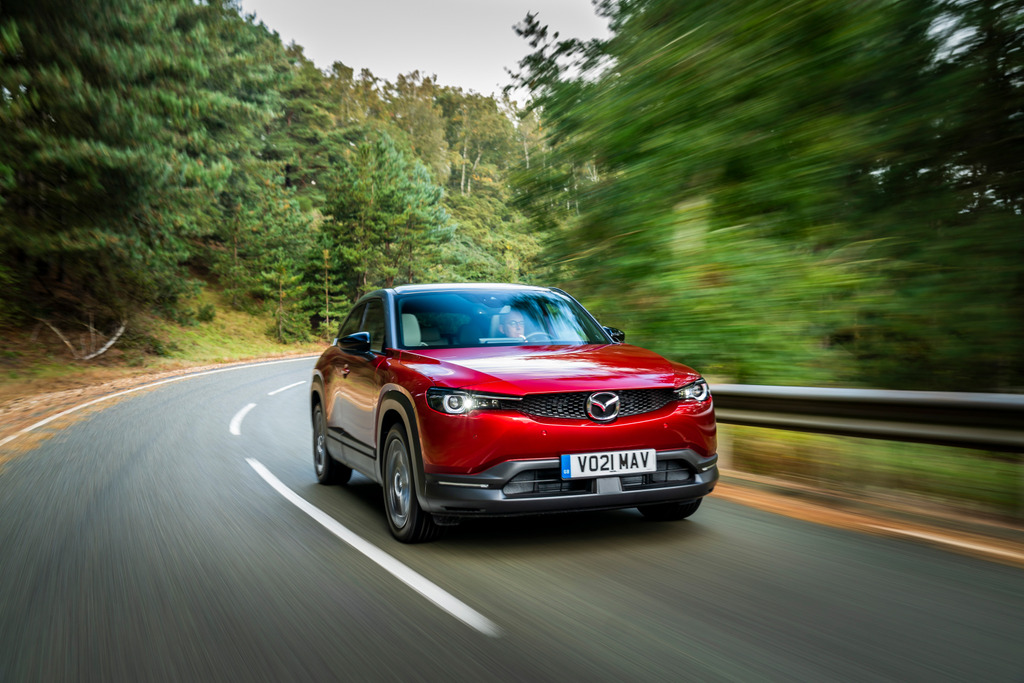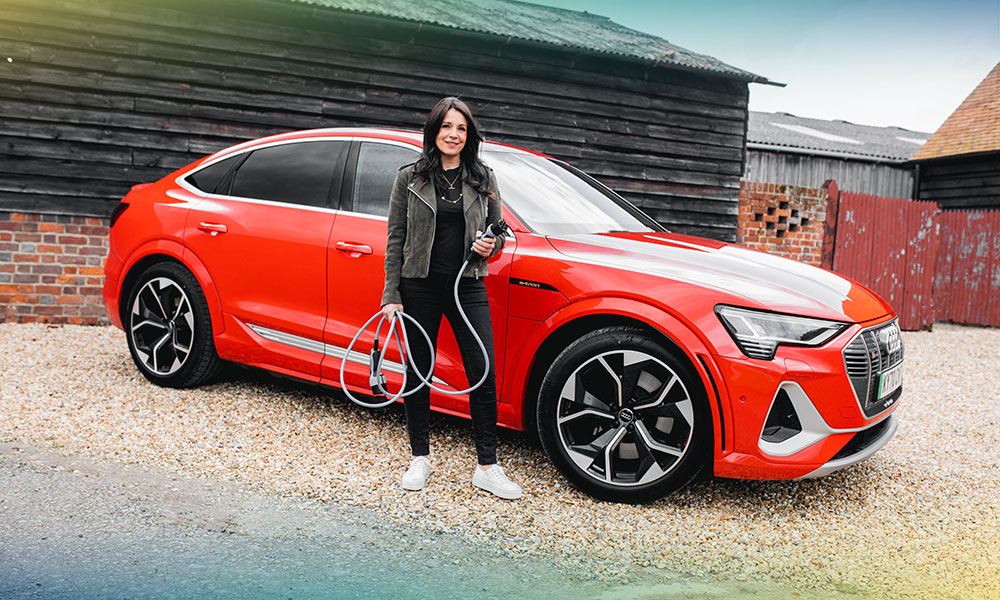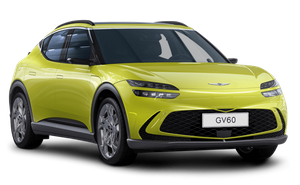Now its attention has been turned to the electric car market, with the Spring. This car isn’t based so much on older models from Renault or Nissan; instead it has been engineered to sell in huge numbers in China.
Mass production brings down costs, meaning that this little SUV should cost less than any other electric car. In fact, Dacia claims that it will be cheaper to own than any other car of any sort, be it petrol, diesel, hybrid or electric.
First, let’s look at the design. This isn’t a boring hatchback or tiny city car; instead it’s a modern looking baby SUV. It only takes up the same sort of road space as something like a VW Up though, being just the size of a playing card longer.
Inside the quality is pretty solid too. Of course, there is little in the way of shiny garnish and no leather at this price. But the cockpit is attractive, modern and largely digital thanks to the Chinese obsession with electronics. The consoles are colourful, where you touch the Spring, it feels good and when the doors shut it also sounds reasonably solid.
Settle yourself inside and it’s reasonably spacious too, partly because you’re more upright than you’d be in a traditional city car. The rear seat is also suitable for two adults and the boot holds 300 litres – that’s bigger than some cars from the class above.Most surprisingly, however, is the driving behaviour. Not because the Spring is whisper-quiet and moves off the line faster than a GTI, since we expect this from an EV these days.
The Dacia weighs only 921 kg – which is a feather weight by any standard, but especially for an electric car. A Renault Zoe, for example, weights more than 1,500kg. But once the speedo reaches more than 40mph the K-ZE’s motor starts to struggle. With just 45 bhp the little car has about half the power you’d expect in a car of this size. Even the cheapest Dacia Sandero petrol has 71bhp. By the time you reach 65mph the little car is all but done and it takes an age (plus precious battery power) to get past the legal limit of 70mph.
But this is a car designed for urban mobility and not mile-eating on the motorway. In town the Spring feels perfectly at home, confident among the stop-and-go traffic, easy to thread through tight spots and comfortable over rough road surfaces. It’s even good fun, perhaps because the man who engineered the Spring was previously responsible for Renault’s Alpine sports car.
Sticking to the town helps with efficiency too. The 26.8kWh battery isn’t huge by modern standards but is bigger than the first generation Nissan Leaf’s and gives the little Renault an official range of 140 miles in mixed conditions, with a few more in town. Charging is via a three-pin plug as standard, although this takes 14 hours to fully fill the batteries.
A wallbox cuts that time to five hours, while DC rapid charging is an optional extra. It can only accept a maximum of 30kW but will take the power pack to 80% in less than an hour. The real disappointment is the lack of any regenerative braking capability. This is a key part of all other EVs and adds noticably to the efficiency, as the braking energy get put back into the battery. But it’s expensive and this car is all about keeping cost low. So you still have to brake yourself, like with old-fashioned petrol cars.
The other sacrifice for the low cost is around safety. The little Dacia scored just one star in the independent Euro NCAP ratings, although interestingly this is actually better than Renault Zoe!
So there are compromises to make for that low cost – and at around £18,000 this would seem very expensive for a budget car. After all, Dacia’s bigger Sandero can be bought for £10,000 less. But Dacia claim that once you’ve added up the total cost of ownership, including financing the purchase price, there will be no way to get around more cheaply in your own car without swapping down to the likes of Citroen’s Ami or a Renault Twizy.
For that reason alone, the Spring would make enormous sense for drivers who rarely venture onto a motorway and just need to pootle about in towns or on local roads. In France and other European countries they will be used in car sharing rental fleets, like the UK’s Zipcar.But, there is a big but. Dacia has not yet decided if the Spring will come to the UK, as it’s not sure there will be demand. If you fancy one, then let them know. We even started a petition – sign it here.










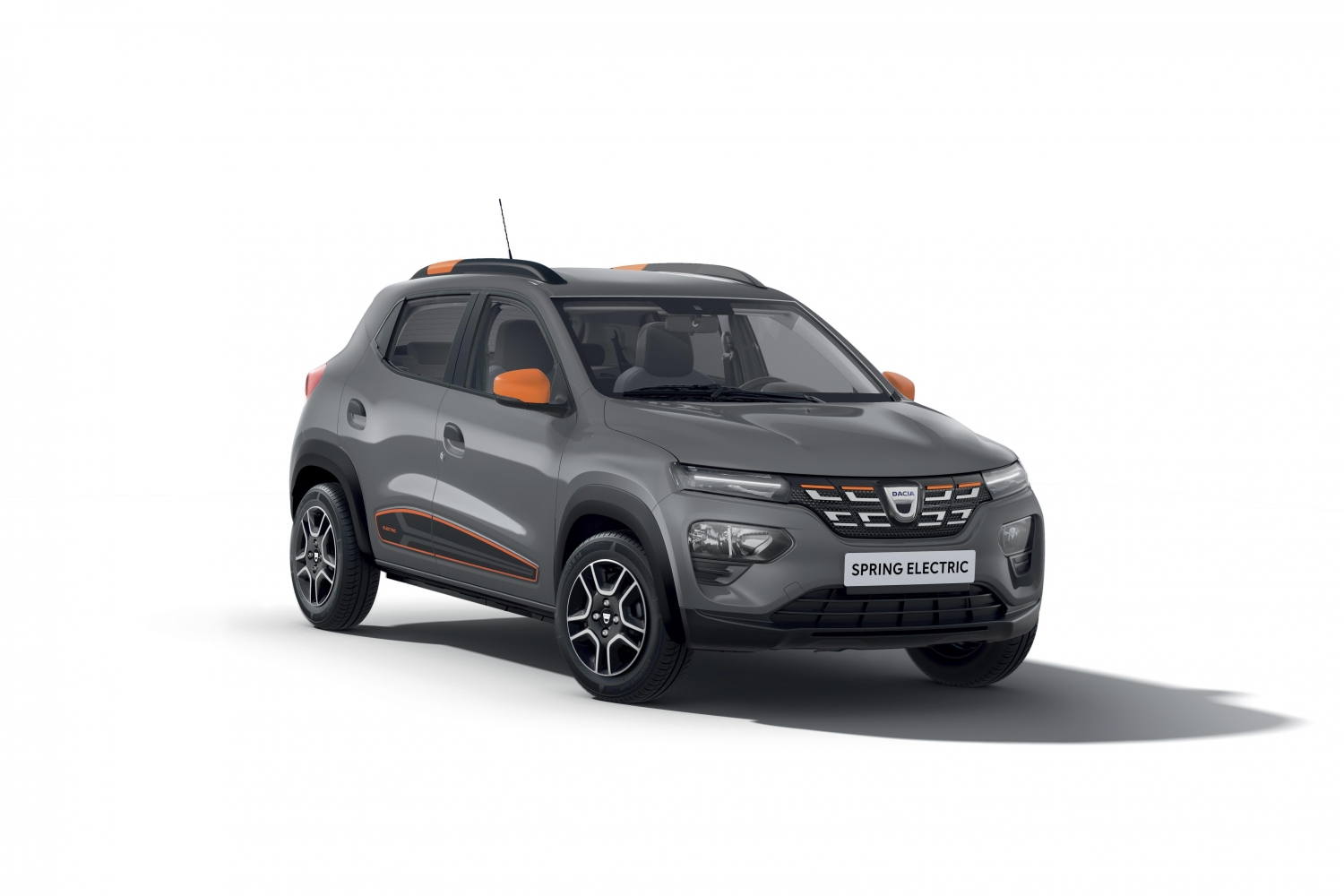
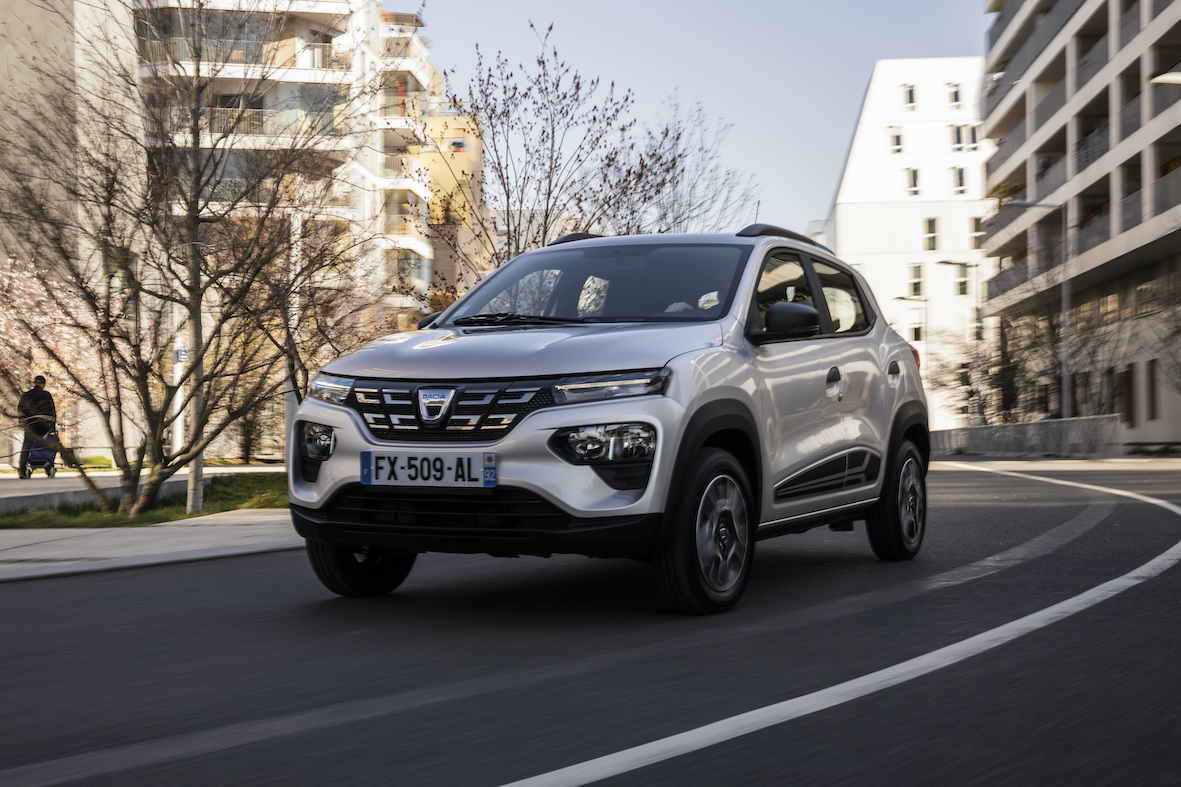.jpg)
.jpg)
.jpg)
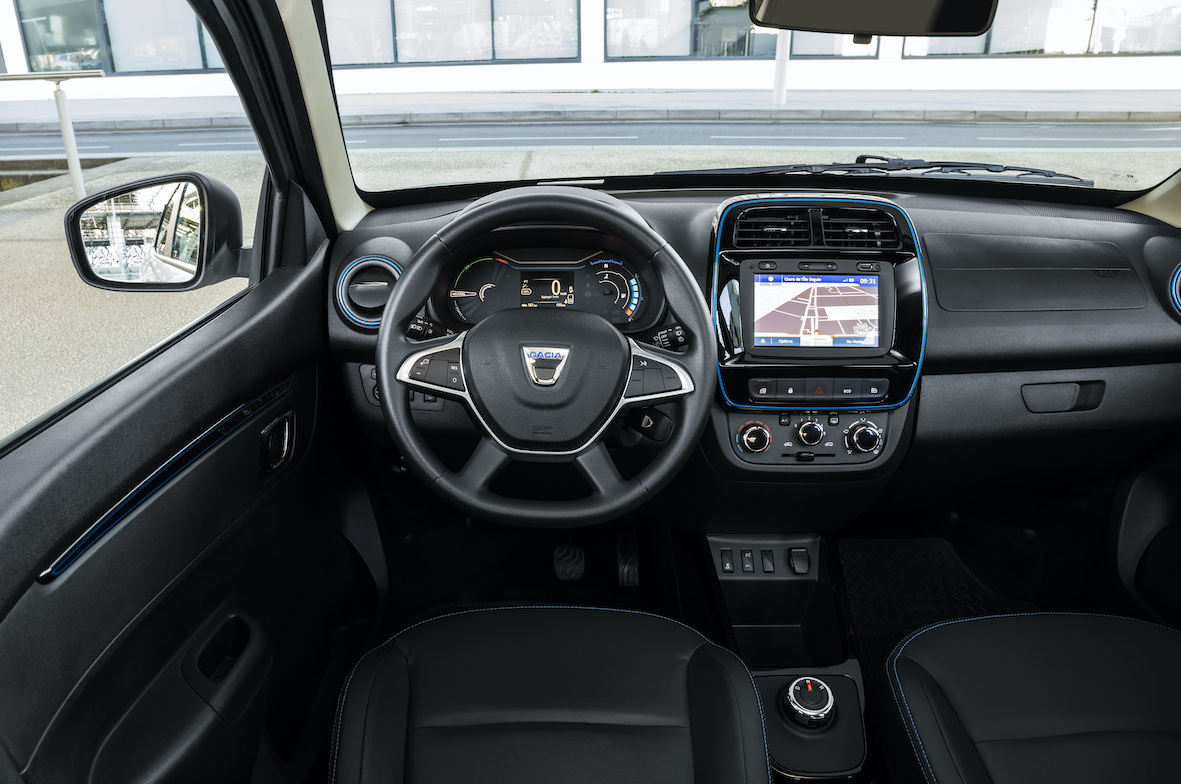.jpg)
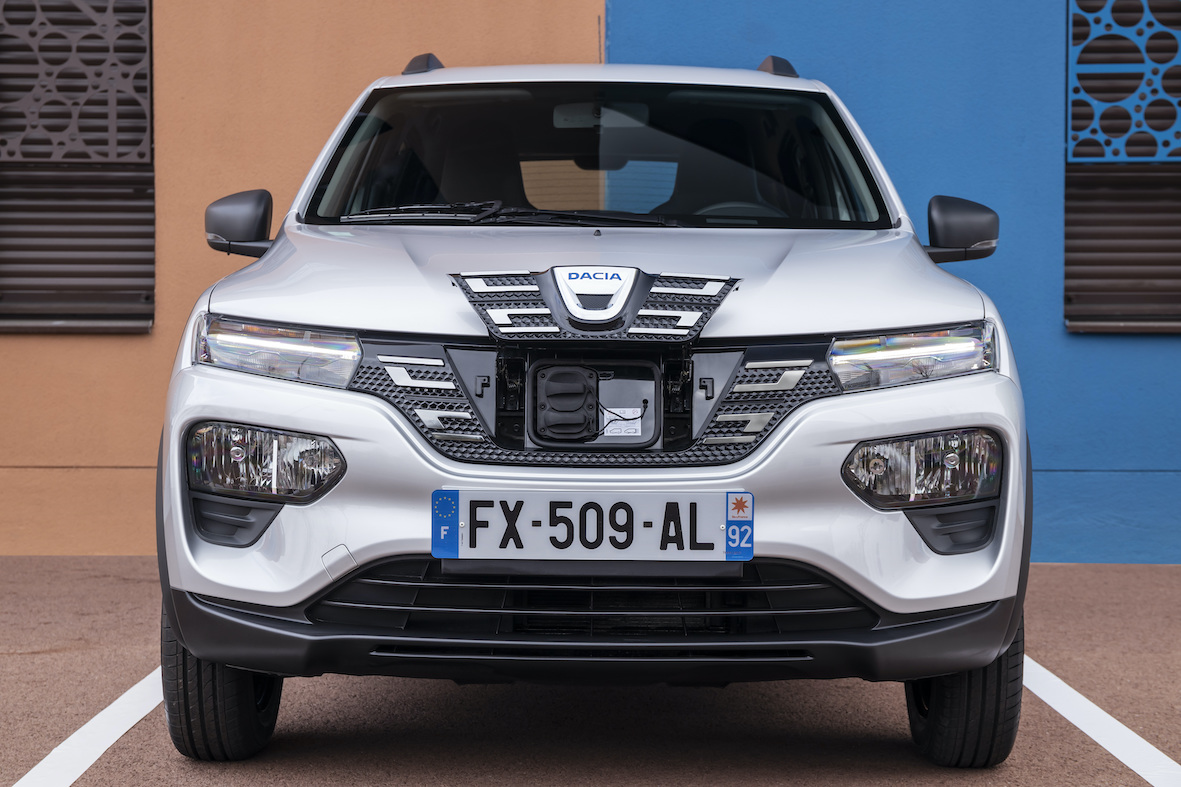.jpg)
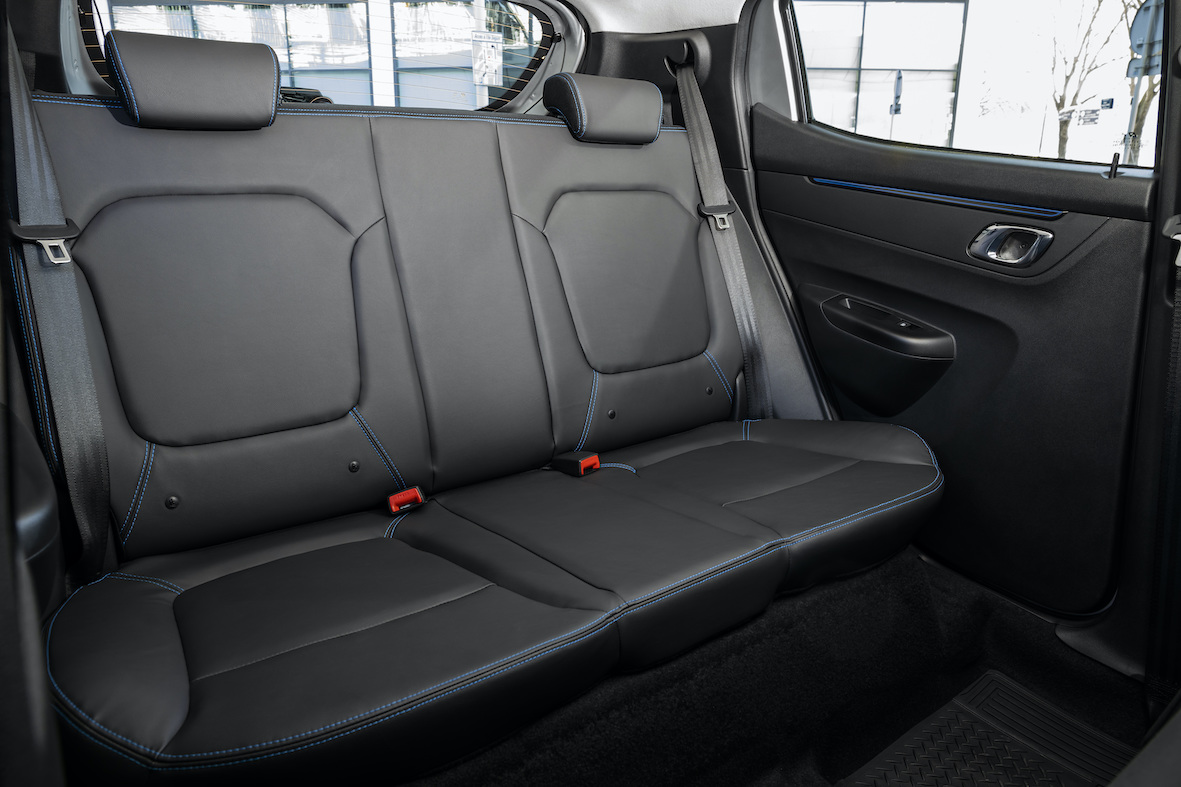.jpg)
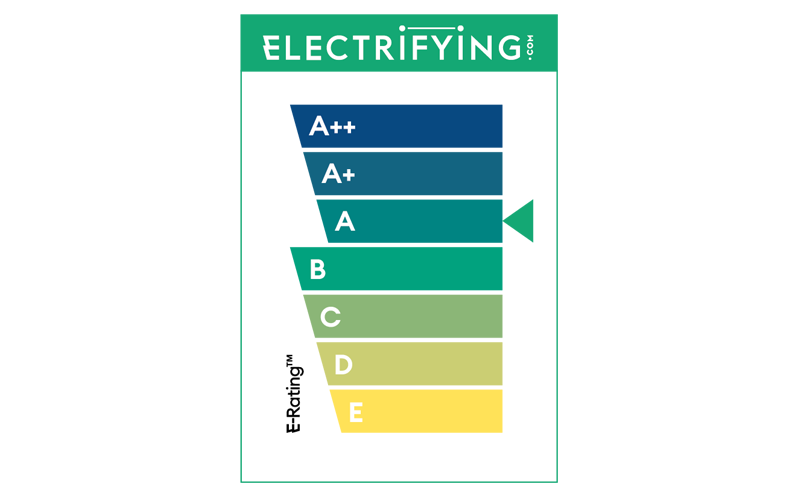


.jpg?width=1500&height=1000)
